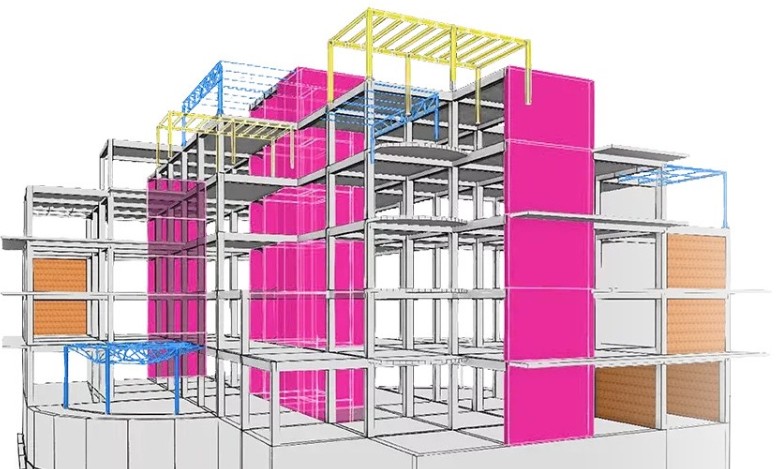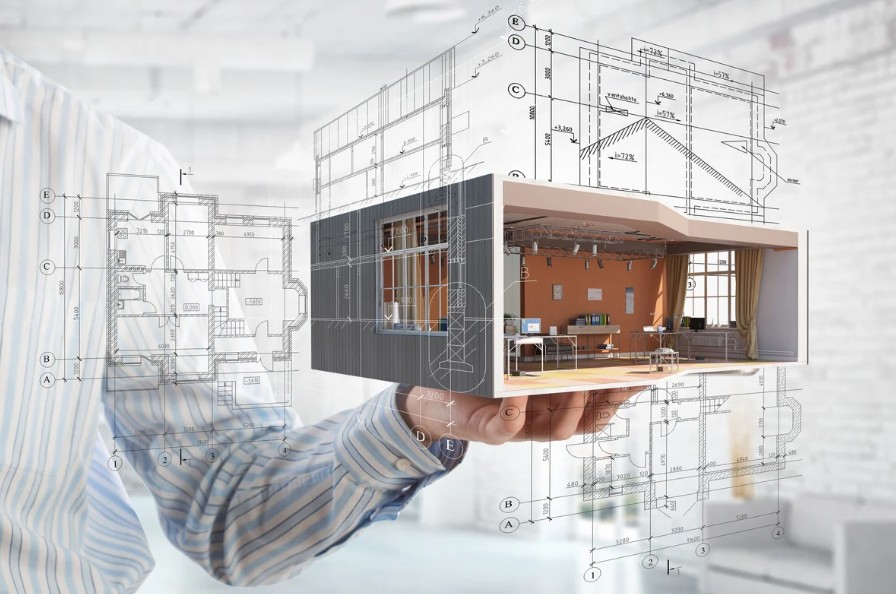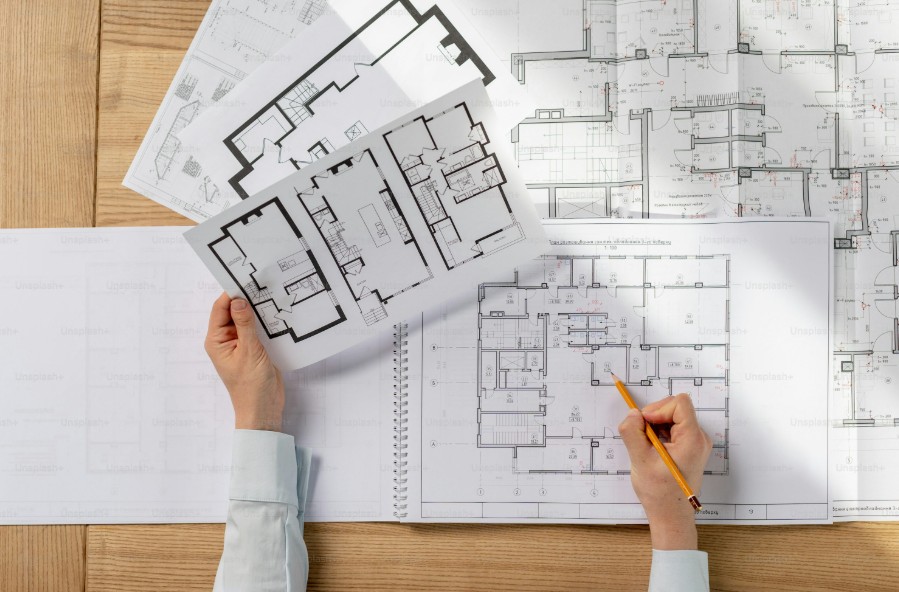The Architecture of Resistance: Designing for Pressure and Load
From individual houses to municipal infrastructure, every building must withstand forces—some visible, some buried under the surface. Architectural strength is not only about what stands tall but also about what resists pressure, adapts to movement, and stays firm under stress. Modern architecture requires a thorough understanding of how to safely and effectively handle pressure and distribute loads, whether reacting to the weight of the building itself, changing soil conditions, or environmental factors. These ideas form the basis of any resilient built environment.
Contemporary solutions
Engineers and architects today increasingly turn to modular systems that offer both structural reliability and ease of installation. These systems are particularly useful in projects that require precision, adaptability, and efficient construction timelines. For example, platforms such as modularcubed.co.uk highlight how modular components can address challenges related to load retention, terrain support, and foundation reinforcement. Whether stabilising sloped landscapes or managing lateral loads in urban developments, modular approaches reduce on-site complexity while maintaining performance standards.
Modern architecture’s load-bearing strategies

Designing for load and pressure is more than just adding reinforcements; it means carefully structuring every component, from the footing to the façade, to reflect how stress flows across a building. Architectural designs must account for uneven soil distribution, hydrostatic pressures, and seasonal ground movement in sloped areas or densely constructed settings. Including modular structural technologies in these settings helps control weight distribution and maintain structural integrity throughout the building’s life. This type of resilience ensures efficiency, safety, and durability from the foundation, not just survival.
Applications in commercial and residential design
Although pressure-resistant technologies are sometimes associated with large-scale infrastructure, they are equally crucial in low-rise commercial projects and residential construction. Common characteristics in both suburban and urban projects include retained soil, raised patios, basement walls, and tiered landscaping. Without sacrificing strength, modular structural units allow quicker installation and more flexible designs. The outcome is a simplified building procedure that saves time and reduces labour while providing answers that meet current architectural criteria and building regulations.
Performance, sustainability, and precision

The precision of pre-engineered and modular systems is one of their main benefits. Built under controlled conditions, these devices ensure consistent quality, tighter tolerances, and optimal material utilisation. They also cut environmental disturbance, waste, and carbon footprints as compared to conventional cast-in-place choices. Structural technologies that enhance energy efficiency and lower site impact will help to shape the next generation of architecture as sustainability increasingly drives design. These technologies meet structural requirements and align with green building standards that prioritise long-term environmental responsibility.
Designing for the unseen forces
Often praised for what we can see—form, material, light—architecture is just as much about what we don’t see. Designing for load and pressure calls for constant foresight. It is about understanding the forces acting on, around, and within the structure and responding intelligently. By providing systems that mix structural rigour with architectural flexibility, companies like modularcubed.co.uk help guide this initiative. The architecture of resistance is inherent in a society that values beauty and durability, not as an optional choice.







